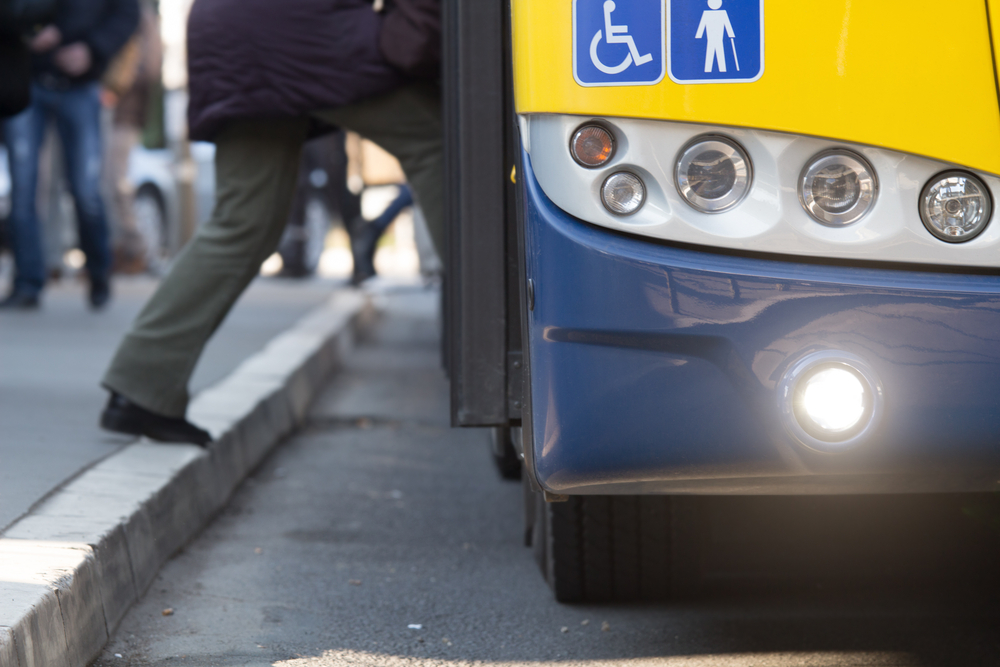
Riders in the United States took 9.9 billion trips on public transportation last year according to a report from the American Public Transportation Association (APTA), with ridership increases seen throughout the country.
It is part of a larger trend that has been underway since 1995, since which public transit ridership has grown by 27 percent — surpassing U.S. population growth, which has been reported at around 23 percent. Public transportation is consistently traveling more miles, with more people, even in spite of slight year-to-year dips, as between 2017 and 2018, which saw a 2 percent public transit ridership decrease.
“Public transportation continues to offer great value to a community and its residents as it provides access to jobs, health care, schools, and local businesses,” Paul Skoutelas, APTA president and CEO, said. “As people have more transportation options than ever before, public transportation systems around the country are experimenting with new programs and services to attract new riders.”
The APTA report also notes that such growth has not been restricted to urban spaces. Both small and large communities have experienced growth, for various reasons. Getting into specifics, commuter rail systems have seen ridership increases, while light and heavy rail systems have both experienced overall drops. Bus ridership also decreased slightly, by 1.8 percent. APTA identified four factors as responsible for such changes: less time competitiveness, less cost competitiveness, reduced customer loyalty and external factors beyond public transit’s control.